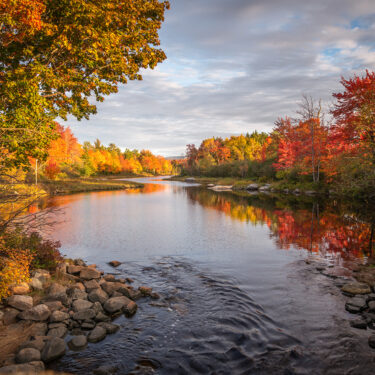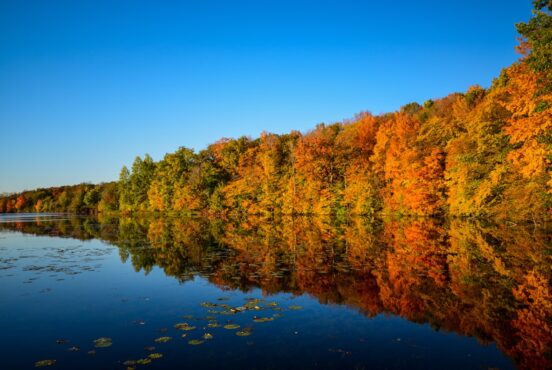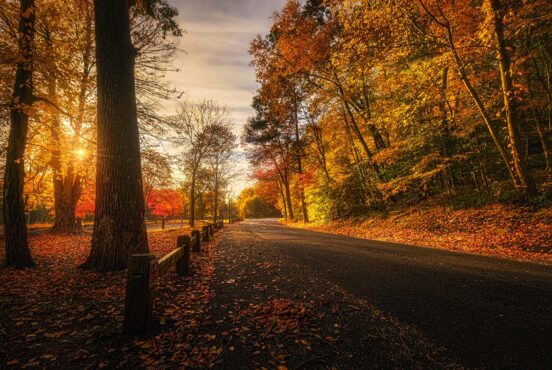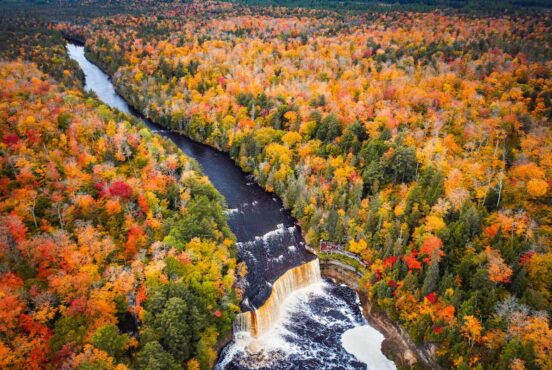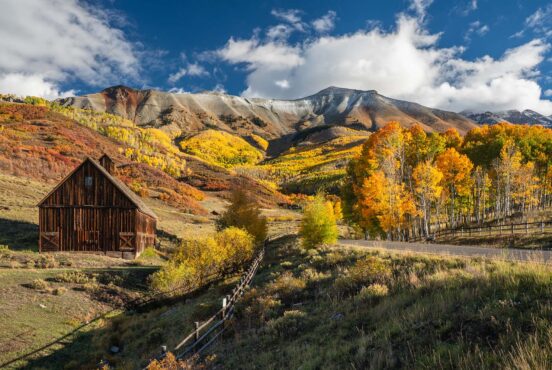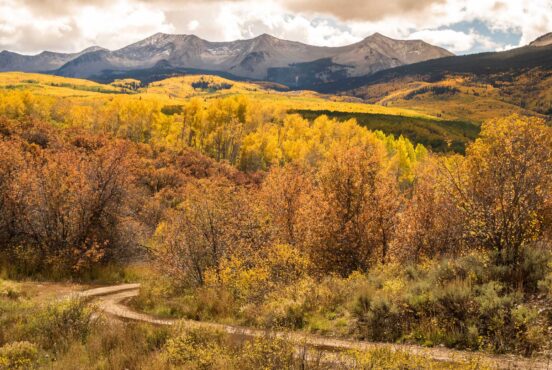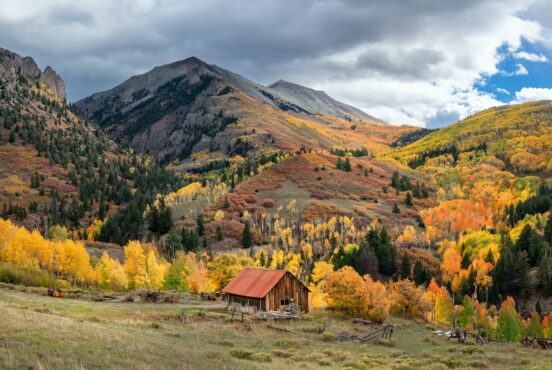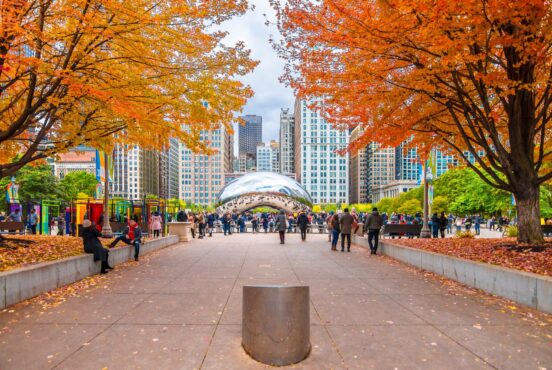Did you know that leaves don’t change color in the fall but have actually had the color there the whole time?
Fall is likely a favorite season for most outdoor enthusiasts. Whether you’re leaf peeping in Colorado, scoping colors in Arizona, or heading to New England to see the dazzling fall color explosion, autumn is favorite season for many. In the majority of the United States, the arrival of autumn means there are minimal bugs, lower humidity, and stable weather patterns. No matter where you are, there are some great spots to view the fall foliage.
Here’s a fun fact: most people don’t know the science behind the various leaf colors that make up the bountiful beauty every autumn. It might come as a shock to most people, but leaves do not technically change their color in the fall. Instead, one color fades so that other colors may shine through—almost like a magic eraser removing a layer at a time.
Want to learn more? As a former ecologist with a degree in forestry, I can easily break down the steps for you. Let’s do this.
Editor’s note: The article was updated on October 2, 2023 to reflect updated edits, new imagery, and added information that was not previously included.
Where Leaves Get Their Green Color
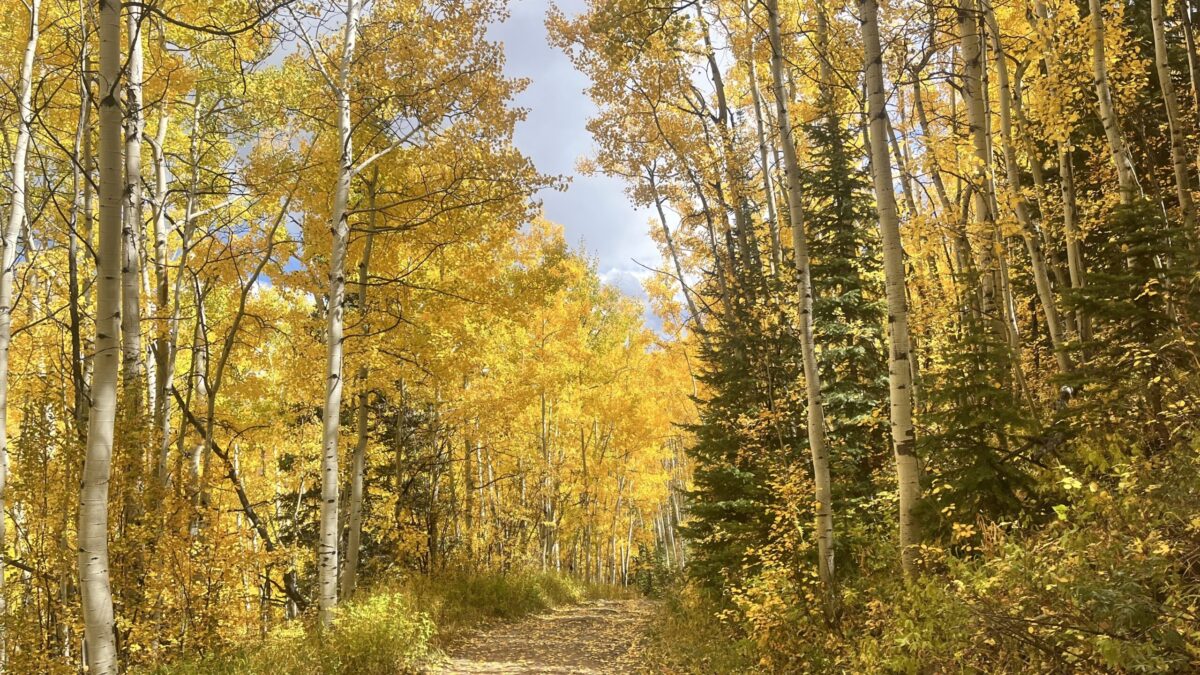
To understand why leaves turn a certain color in the fall months, you first must understand why they are green to begin with. All plants — including trees as well as all algae and some microorganisms — perform the process of photosynthesis.
Ready to talk some science?
Photosynthesis involves chlorophyll absorbing energy through sunlight. That energy is used to transfer electrons from water (gathered from soil) to carbon dioxide (gathered from the atmosphere). This means that water loses electrons and turns into oxygen while carbon dioxide gains electrons and turns into glucose. The tree releases the oxygen but stores the glucose for the tree to “eat” to grow healthy and strong. Chlorophyll also gives leaves their signature green color by absorbing red- and blue-light waves from the sun while reflecting green-light waves.
The Changing Temperature and Sunlight
When autumn arrives, daylight shortens and temperatures start to drop. These factors trigger a stop to photosynthesis and, thus, a stop to the food-making process. Subsequently, deciduous trees — ones who leaves fall off in the winter — focus on readying themselves for dormancy during the colder months.
Chlorophyll begins to break down as a response to the halt in food-making and, with it, their signature green color starts to fade. This allows other chemicals to make their presence known.
Why Leaves are Certain Colors in the Fall
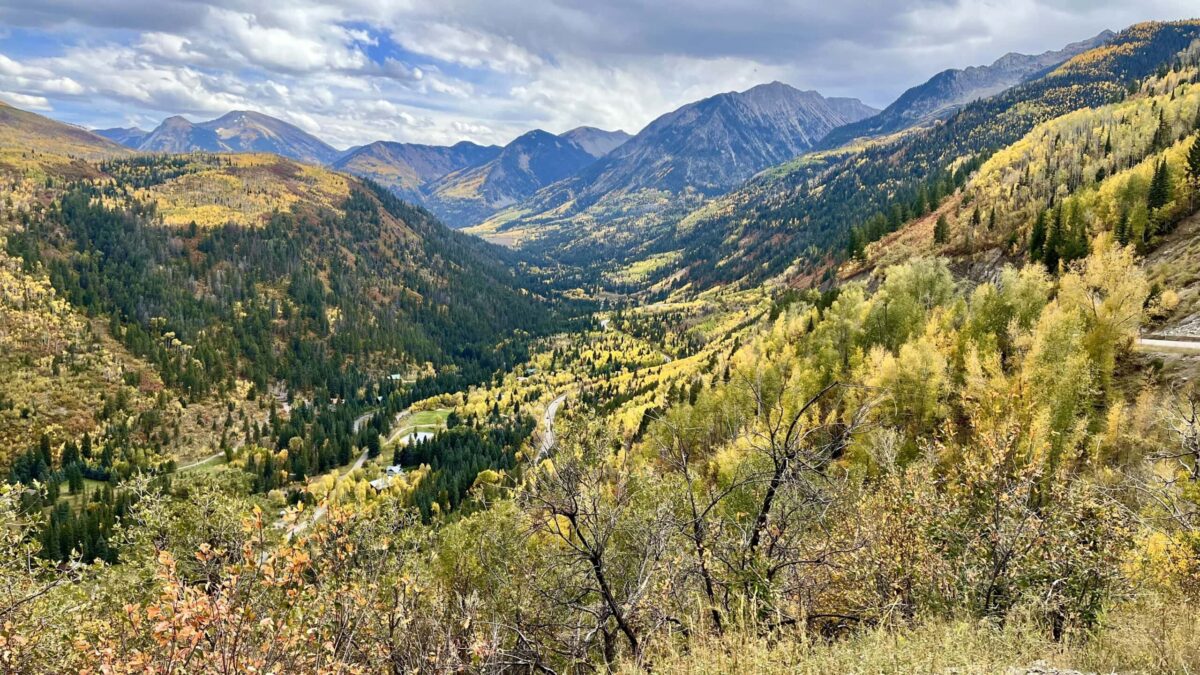
The fall colors of a leaf depend on how much of other chemicals are present. Carotenoids (carotenes and xanthophyll) are the most common chemicals found within deciduous trees. They range from yellow to orange pigment. Leaves with more carotenes will give off a yellow hue (carotene allows corn to have its color), while those with more xanthophyll will be more orange. Trees have also evolved into producing yet another chemical called anthocyanins which give blueberries their color.
Depending on the tree, the leaves will reveal a particular color. Trees like Japanese maples and dogwoods have a higher amount of anthocyanin. This results in the leaves being more purple in the fall. Trees like quaking aspen produce more carotene so they turn that famous golden yellow that you see in Colorado and Utah. And then sugar maples have more xanthophyll which turn their leaves into a striking orange hue.
Then Leaves Fall
At the same time of these chemical processes, the leaf also sends a signal to its stem to sever ties with its base touching the branch. This blocks all water and food from reaching the leaf and spending any more energy in its growth. Eventually the leaf falls from its own weight or from a gust of wind. This signals the end of autumn and the start of winter.
Why Some Trees Don’t Change Color in the Fall
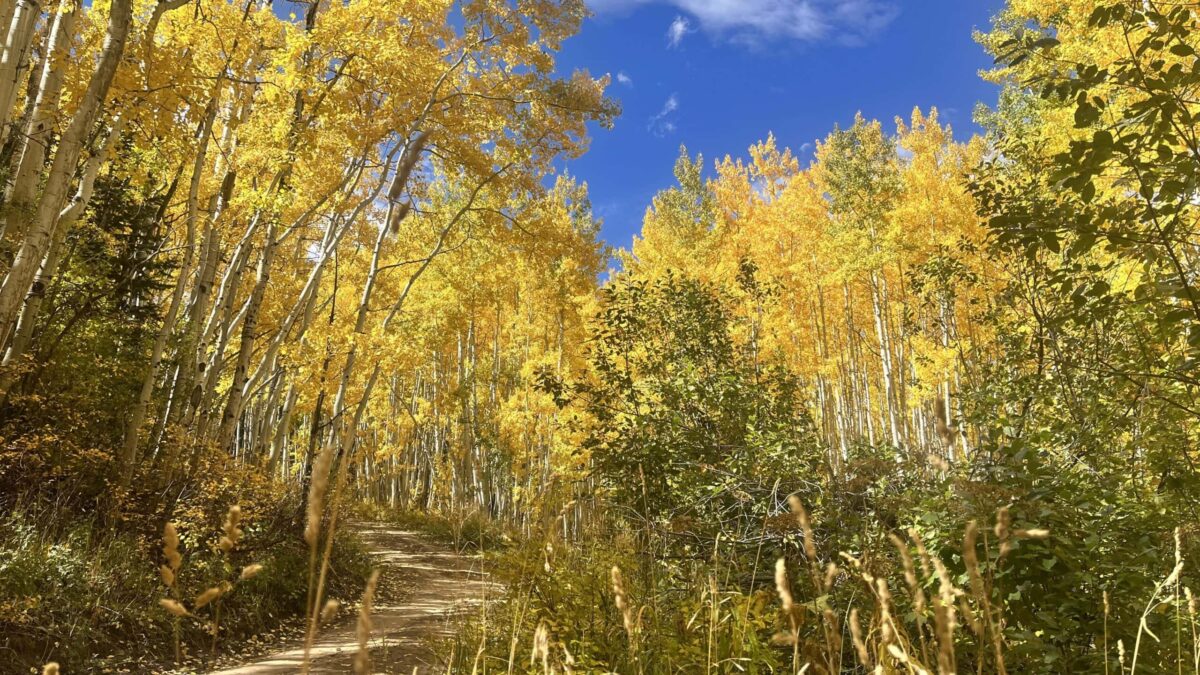
So, what’s wrong with the trees that don’t change color? Nothing. Some plants just work that way and keep their leaves throughout the winter. These plants are called evergreens. The majority of evergreens are conifers meaning the plant bears cones and has needle-like “leaves”. Some do not fall into that category like the many varieties of holly bushes. But most people think of pine and spruce trees when they think of conifers.
The reason they do not follow along with deciduous trees in the fall is because their “leaves” are specialized for surviving in the winter. The needle shape and protective, waxy coating allows evergreen plants to conserve water much better than deciduous ones. And remember from the beginning that water is needed for photosynthesis to occur. So, in turn, evergreen trees continue the photosynthesis process throughout the winter, never triggering a stop to it and keep their leaves throughout the year.
There you have it! You can now impress your family and friends by stating that leaves don’t actually change color in the fall but, in fact, have had the color there all along. It was just waiting for its time to shine.
Find Your Next Fall Adventure
Get epic travel ideas delivered to your inbox with Weekend Wanderer, our newsletter inspiring thousands of readers every week.
Seen in: Fall Colors

